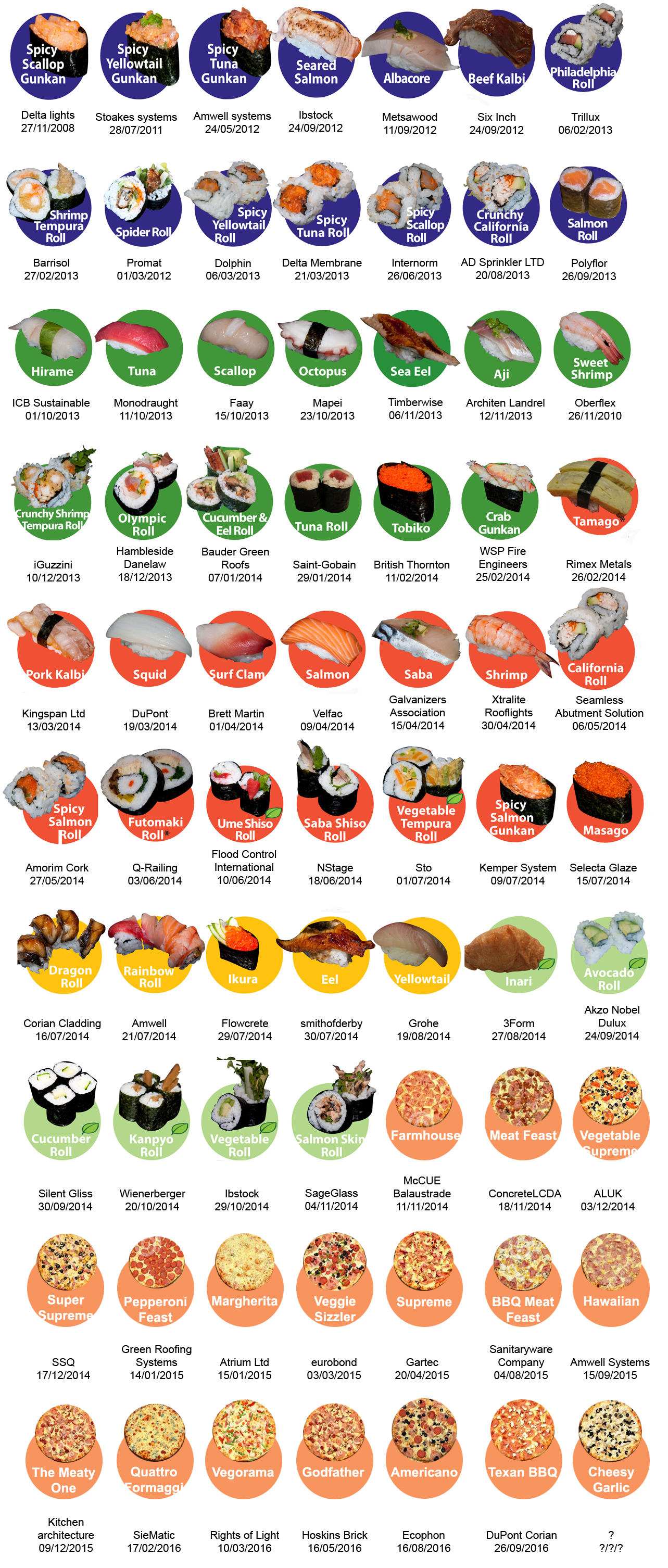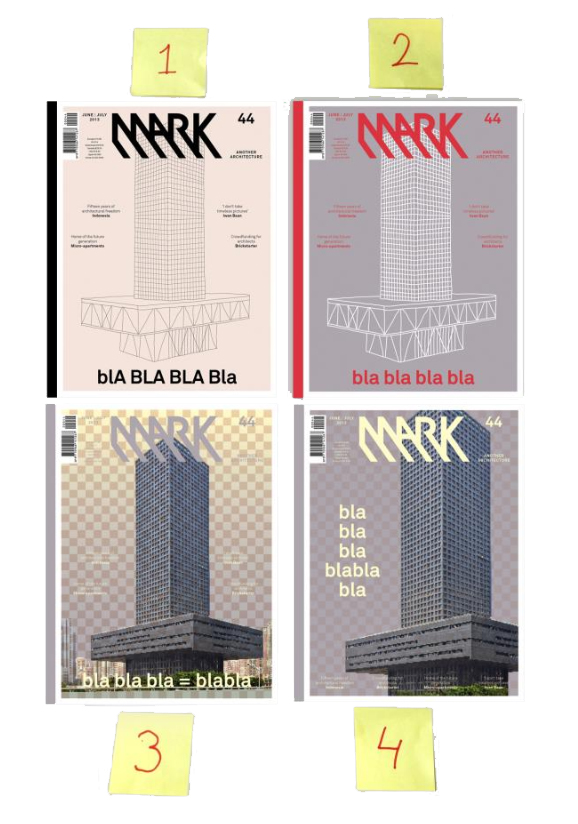000off_Casa da Musique concrète
To celebrate the impending opening of the 3rd edition of the Architecture Triennale of Lisbon, WHAT_architecture was commissioned to review one ‘Portuguese building’. So we chose the happy accident of an office Portu-Polish wedding to ‘revisit’ OMA’s Casa da Música in Porto nearly one decade after its completion. What follows is not the completed review (which is ‘saved’ for the Triennale opening on the 12th September 2013) but merely a question triggered by a first sight: does contemporary architecture have to be shiny and new?
Upon arrival it was evident that the Casa da Música, commissioned as a European Culture Capital project, did not belong to the recent crisp white wall Portuguese modernist tradition of say Siza or Aires Mateus Arquitectos. This was a building evidently so poorly maintained (a PPP failure?) that only the strength of the concept lifted the shock of seeing a dirty ‘new’ building. The dirt seemed to result from the concrete shuttering not being in facial plane and thus accumulating urban soot. Was this the fault of the architect or the contractor? Porto or the EU? Such concerns are irrelevant when the old traditional houses opposite Casa da Música’s front door are also in a state of extreme degradation. A contextual empathy? Heck, Porto is a great city and all great cities have the ‘authenticity of dirt’: Istanbul, Berlin, Brussels, even Hackney. If these cities are grimy why should contemporary architecture be so purile? Dirt adds value (and music recognises this in its genres: rock, grime, dirty house). Yet the historic European city has a patination which appears to be at odds with emerging urban aspirations. The shiny new world cities which frequently top the Economist Intelligence Unit’s list of best city to live in such as Toronto, Sydney, Melbourne, Auckland are all gloss, no grit.
Back in London we wondered what if Rem had decided to use a Brutalist material palette to confront the weathered city? Rough cast concrete as evident in Le Corbusier’s Unite d’Habitation in Nantes (where one can stick their fist in the hole-in-a-wall due to a dry concrete mix) or, next to our Old St office, rough cast like the Barbican. We imagined a Casa da Música brutally remixed by WHAT_architecture where dirt was celebrated not as an aesthetic (Adjaye’s Dirrty House) but as an actuality of urbanism.
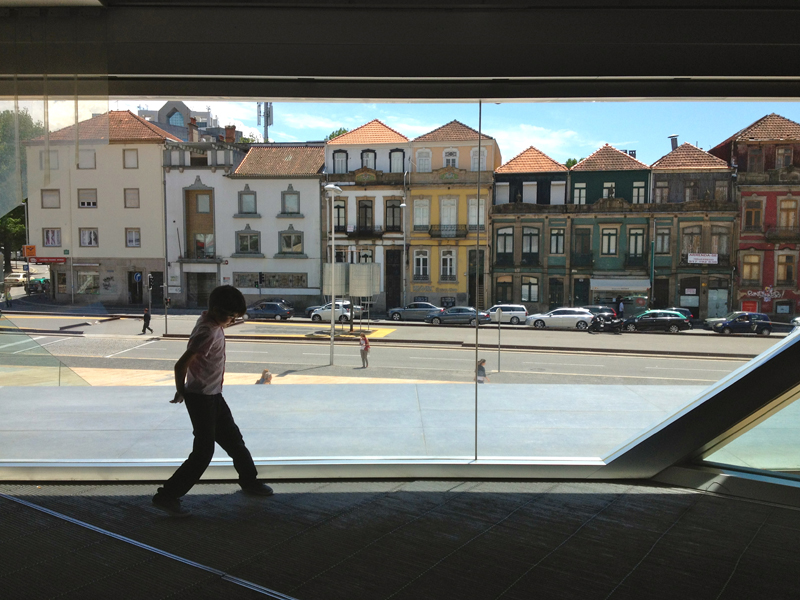
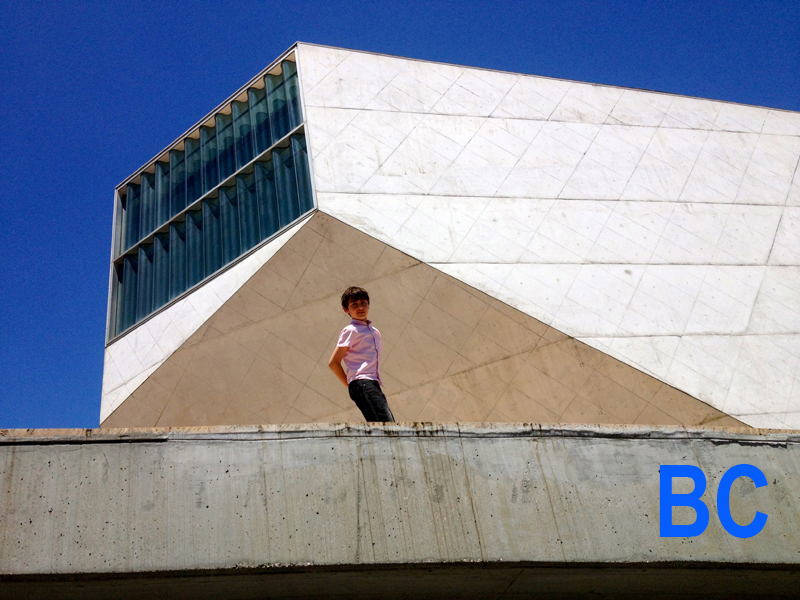
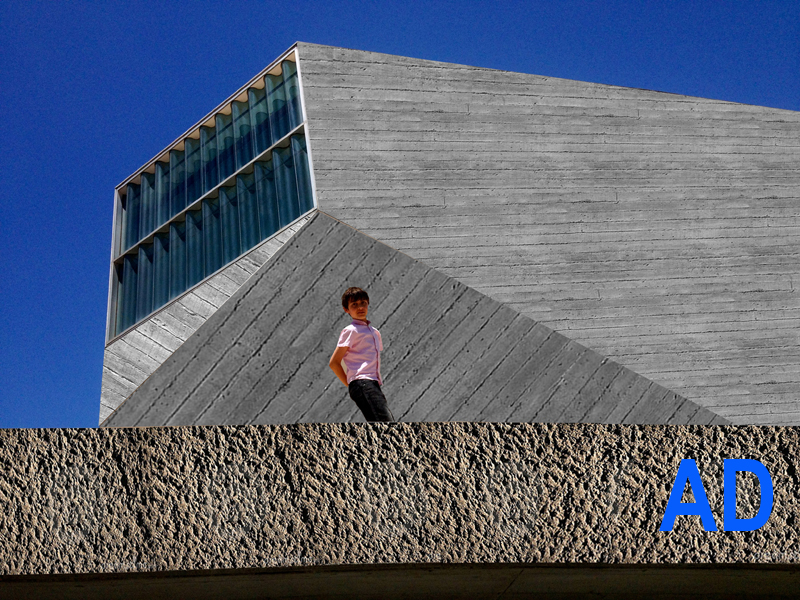




000off_GOODBYE A-L, HELLO 1-7
RIBA scraps Plan of Work: say goodbye to stages A-L
Anthony Hoete, director, WHAT_architecture reports in the AJ: ‘While a re-alignment of the RIBA work stages maybe potentially worthwhile, in terms of foreign joint venture workability, a pan-European alignment of work stages that equilibrates the RIBA work stages with the HOIA (in Germany) with the French Loi MOP would be of more value.’

000off_How do you spell archtetexture?
A sign that architecture continues to function at some distance from popular society is evident in our mailbag. WHAT_architecture has been variously written WHAT_architetexture, arty texture, artichoke…


127sho_National Geographic reveals LU
The history of the underground makes us think that the history of Shoreditch Underground Station is one of balancing mobility, housing and infrastructure. Could the architecture of the railway arches be used to support housing: sustainable conservation is in the balance. A re-think is always useful.
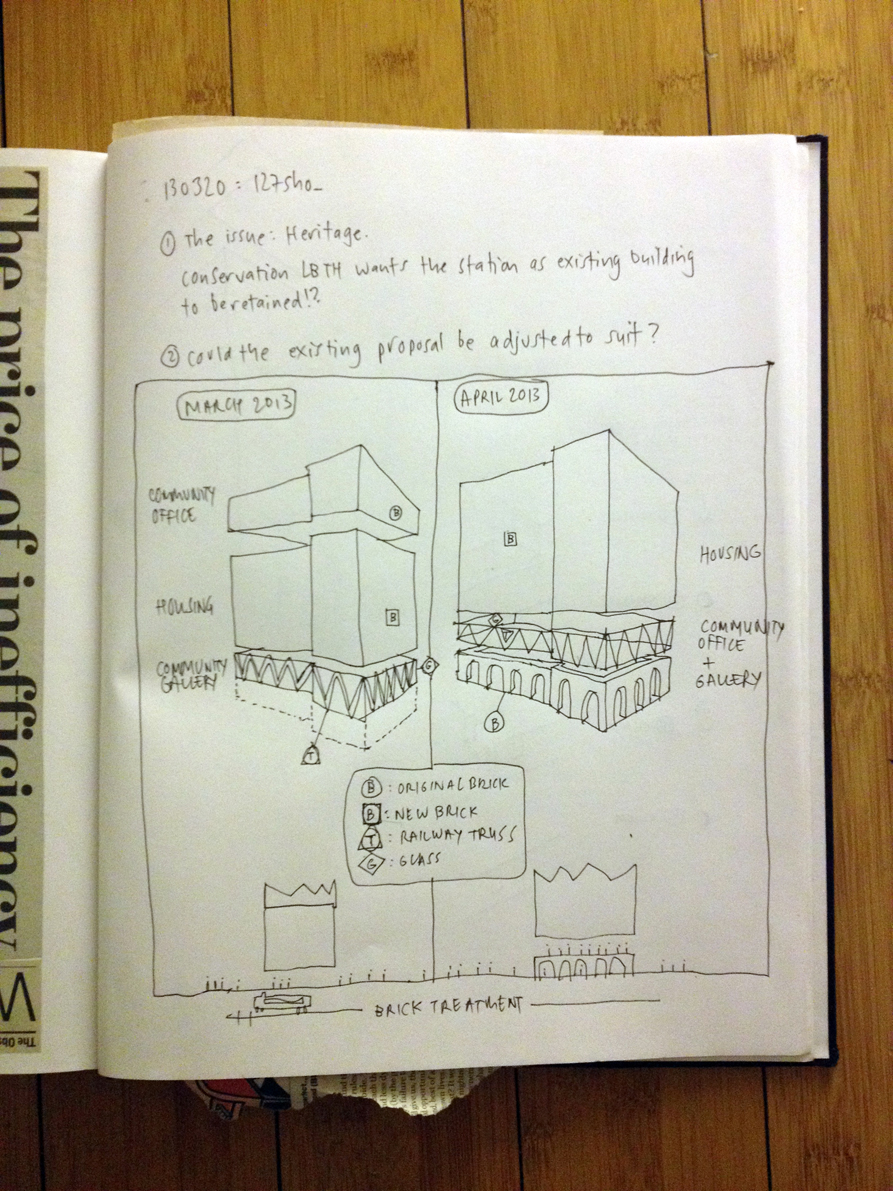
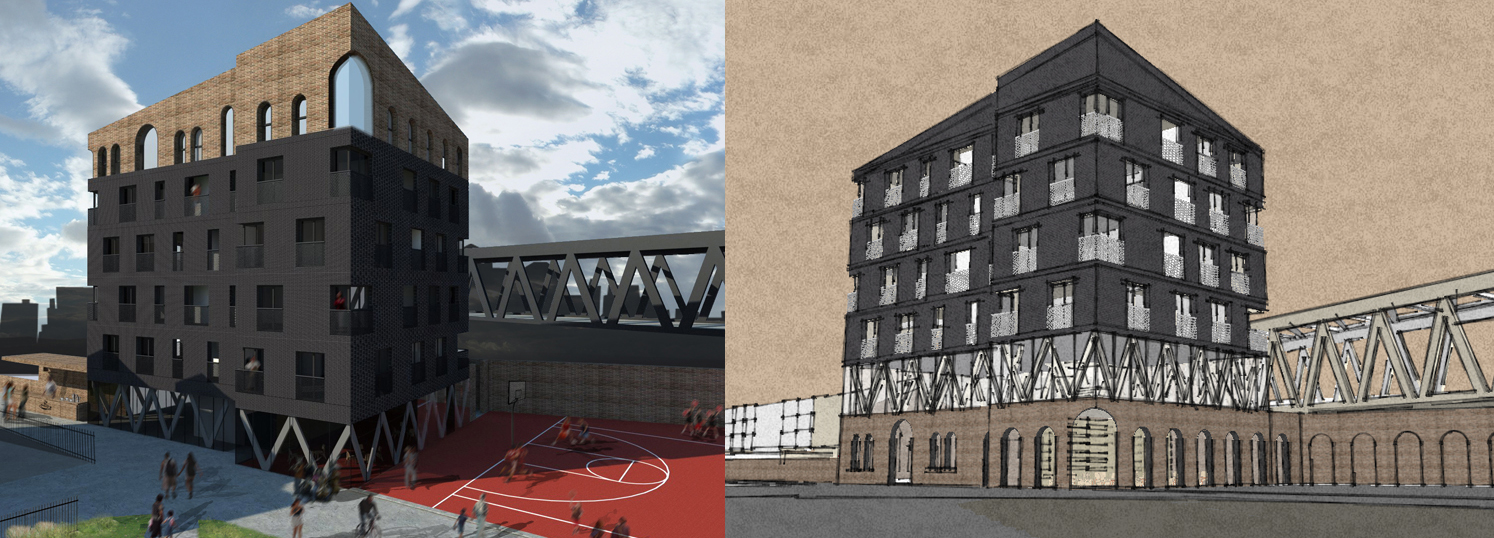



000off_WHAT_architecture vs RED BULL
Moving house? WHAT_architecture presents its preliminary design for the first Red Bull London Grand Prix…



WHAT_MINECRAFTYTECTURE
Minecraft is an open world (non-linear) game that has no specific goals for the player to accomplish, allowing players a large amount of freedom in choosing how to play the game. The core gameplay revolves around breaking and placing blocks. The game world is essentially composed of rough 3D objects—mainly cubes—that are arranged in a fixed grid pattern and represent different materials, such as dirt, stone, various ores, water, and tree trunks. While players can move freely across the world, objects and items can only be placed at fixed locations relative to the grid. Players can gather these material blocks and place them elsewhere, thus allowing for various constructions. Such is the popularity of Minecraft that it has spawned gameplay music and the channel Yogscasts: (thanks to Maui!)

000off_sushi CPD calendar
Le Corbusier talked about the free plan; WHAT_architecture talks about the free lunch thanks to our weekly “sushi CPDs”:
